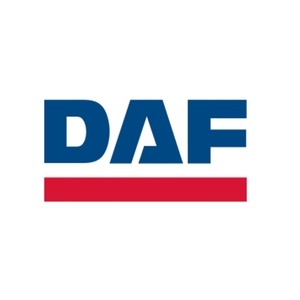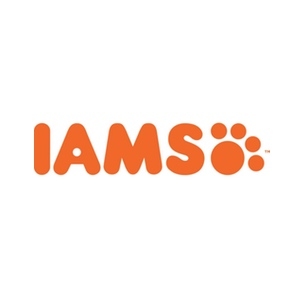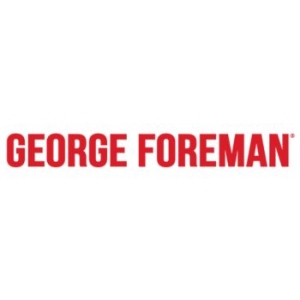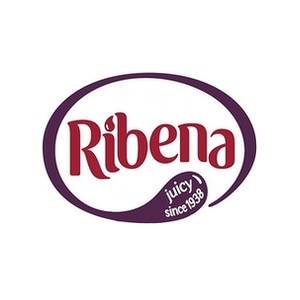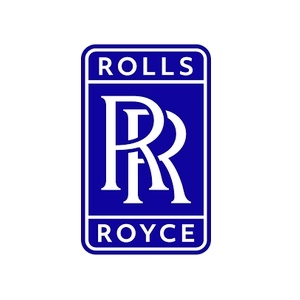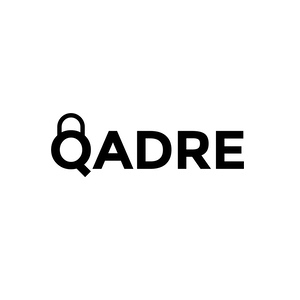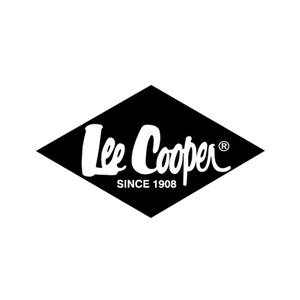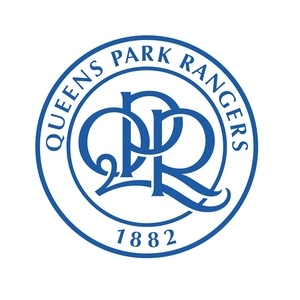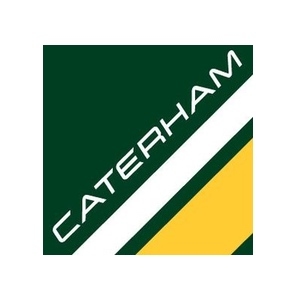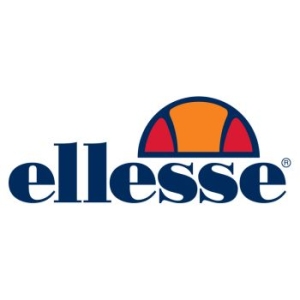Search-a-brandPowered by BRANDSMITHS
Search-a-brand assists you in researching, choosing and building a brand for your company, service or product. Try it out and search with the intended name!
View

FERRARI HAS PARTIALLY LOST ITS TRADE MARK IN RELATION TO THE WORLD'S MOST EXPENSIVE CAR
Author:
Italian super car manufacturer, Ferrari has partially lost its trade mark in relation to the world’s most expensive car, the Ferrari 250 GTO.
BACKGROUND
In December 2018, Ares Design, a luxury coachbuilder filed a request for the revocation of Ferrari’s EUTM (6543302) arguing pursuant to Article 58(1)(a) of the EUTMR that Ferrari had not put the trade mark to genuine use for a continuous period of 5 years.
Ares Design’s request was directed against all registered classes namely:
Class 12: Vehicles;
Class 25: Clothing; and
Class 28: Games and playthings.
Ferrari’s iconic 250 GTO sports car was produced between 1962 and 1964 with only 39 units manufactured in total, all of which remain in existence. Although no longer in production, the 250 GTO is considered one of the most iconic cars ever created. In 2018, it became the most expensive car ever sold, selling for a record £52m.
Some 43 years after the GTO’s last production, in 2007 Ferrari registered the 250 GTO as a EUTM.
APPLICANT’S ARGUMENT
In its application to revoke the mark, Ares Design argued that Ferrari had no intention to use the mark. It submitted that even during 1962 and 1964 when the 250 GTO was in production there was no real economical will to produce and use the mark as the 250 GTO had been designed purely for racing success. Given that the last 250 GTO was manufactured in 1964, Ares Design submitted that the mark had not been used within the past 5 years. To bolster its application Ares Design also submitted that the mark was filed in bad faith as a defensive mark to prevent third parties from producing and selling similarly built sports cars.
Ferrari in refusing Ares Design’s arguments contested that it had in fact used the mark and provided evidence to the EUIPO to evidence such use, details of which are set out in more detail below.
GENUINE USE
In seeking to prove genuine use of the mark, Ferrari were required to demonstrate that the mark was used on the market in relation to the good listed within the classes for which it is registered. In assessing Ferrari’s evidence, the EUIPO looked at all the facts and circumstances relevant to establishing whether commercial exploitation of the mark is real.
Accordingly, Ferrari submitted evidence of its use, however, it requested that the commercial data within the evidence be kept confidential. The evidence submitted by Ferrari included documentation including photographs, magazine articles attesting to the sale of the Ferrari 250 GTO car either at auction or via private sale, invoices for the services of restoration, repair and maintenance, extracts from eBay and the Ferrari store attesting to the sale of goods in Class 25.
Article 19(1) EUTMR read in conjunction with Article 10(3) EUTMR provides that evidence for submitting proof must consist of indications concerning the place, time, extent and nature of use of the contested mark. Such factors were considered by the EUIPO in respect of the evidence submitted by Ferrari which is set out in relation to each class below:
Class 12
The Court in the Minimax held that, in certain circumstances, use of a mark may be considered genuine for registered goods that had been sold at one time and were no longer available.
Unsurprisingly, as the 250 GTO was produced between 1962 and 1964 Ferrari were unable to prove use of the mark in the course of trade for any of the goods in Class 12. The only evidence submitted by Ferrari showed that a few vintage models of the 250 GTO had changed hands at auctions, private transactions and through specialist dealers. Given the value and rarity of the sports car along with the relevant market, the number of vehicles sold under the mark did not need to be extensive. However, the EUIPO considered that such re-sales did not constitute genuine use as Ferrari had no influence over the re-sale.
Class 25
Two extracts were produced from Ferrari’s website showing a children’s t-shirt and another two extracts from eBay showing a Ferrari tie pin and cufflinks each in the shape of the 250 GTO. The EUIPO concluded that the evidence provided by Ferrari did not provide sufficient information in relation to the commercial volume, territorial scope, duration and frequency of use. The EUIPO also noted that the tie pin and cufflinks were in fact not registered under the mark.
Class 28
Another two extracts were produced extracts from Ferrari’s website along with two product catalogues showing model cars, including the Ferrari 250 GTO. As well as the extracts, Ferrari relied on a series of six invoices, demonstrating the model Ferrari 250 GTO’s as collectibles. The invoices demonstrate that the mark was at the very least used in the Netherlands, Italy, Poland and Spain.
THE EUIPO DECISION
The EUIPO held that Ferrari had sufficiently demonstrated genuine use in relation to toy vehicles and scale-model vehicles in Class 28. In respect of Class 12, 25 and the remainder of the goods in Class 28 the EUIPO considered that Ferrari had failed to provide genuine use of its mark.
Accordingly, Ferrari’s mark has been partially revoked, taking effect from the date of Ares Design’s application for the revocation, namely 12/12/2018.
CONCLUSION
The EUIPO’S decision represents a significant blow to rights holders of classic goods, as it paves the way for third-party replicas. Only time will tell whether any other marks in respect of classic goods no longer produced will come under fire by opportunistic third parties.
Brandsmiths is a trading name of Brandsmiths S.L. Limited which is authorised by the Solicitors Regulatory Authority, SRA No: 620298. Founding Partner: Adam Morallee
Privacy and Cookie Policy | Terms and Conditions | Complaint Procedure | Site by: Elate Global



